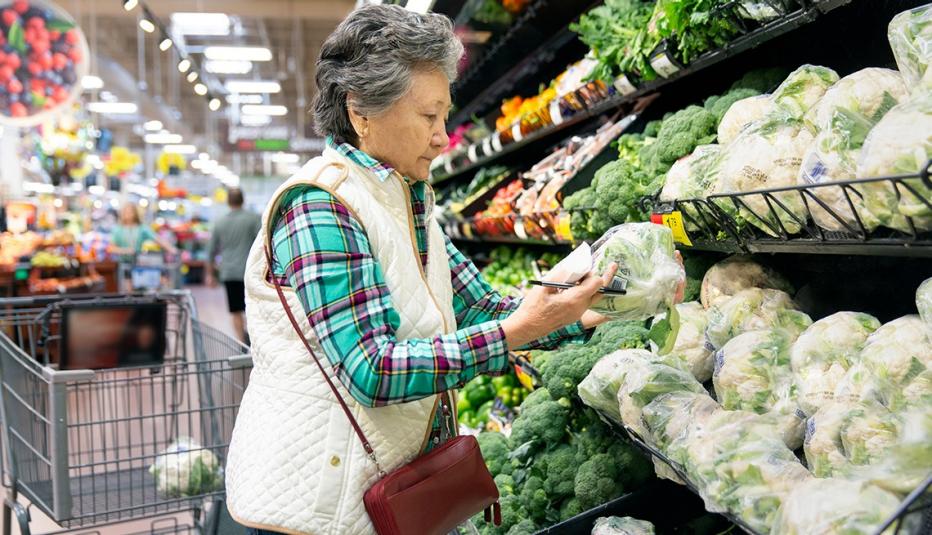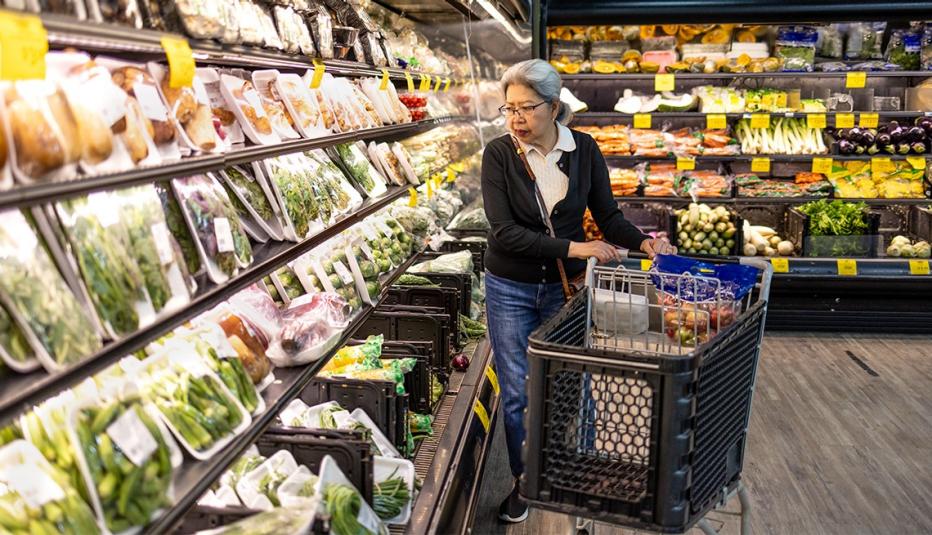AARP Hearing Center


The Supplemental Nutrition Assistance Program (SNAP) is the nation’s largest antihunger program and a lifeline for millions of people, including adults ages 50 and older, who are at risk for food insecurity (i.e., limited or uncertain access to adequate food). A countercyclical program, SNAP is designed to expand when the economy weakens and contract when the economy strengthens. It provides financial assistance to low-income individuals and families to help buy the food they need. The program reduces food insecurity and poverty and is linked to improved health outcomes, including reduced hospitalizations, among low-income older adults.
Millions of people enrolled in SNAP during the COVID-19 pandemic and associated economic downturn, and several federal laws enacted in 2020 and 2021 allowed SNAP participants to receive additional temporary benefits. In fiscal year (FY) 2022 (October 2021 through September 2022), SNAP participation remained high compared with that in prepandemic years, likely because of factors like high food prices and continued emergency allotments in many states.
This Fact Sheet describes selected characteristics of households with adults ages 50 and older as well as individuals ages 50 and older who participated in SNAP in FY 2022 and the benefits they received. Many SNAP households were still receiving emergency allotments in FY 2022; the Fact Sheet presents benefits data both including and excluding these allotments.
The Fact Sheet includes some findings by older age group (participants or households with adults ages 50 to 59 versus those ages 60 and older), and state-level data are included in the appendix.
Key Takeaways:
- Nearly 10 million SNAP households—almost half of all SNAP households—included at least one adult age 50 or older in FY 2022.
- Adults ages 60 and older make up a growing share of SNAP participants.
- Most older SNAP participants live alone, and nearly half of participants ages 50 to 59 have a disability.
- SNAP households with adults ages 50 and older received an average benefit of $185 per month in FY 2022 (not including emergency allotments).
- Regular SNAP benefits lifted nearly 2 million households with adults ages 50 and older out of poverty in FY 2022, and SNAP plus emergency allotments lifted almost 3.5 million older households out of poverty.































.jpg?crop=true&anchor=13,195&q=80&color=ffffffff&u=lywnjt&w=2008&h=1154)































